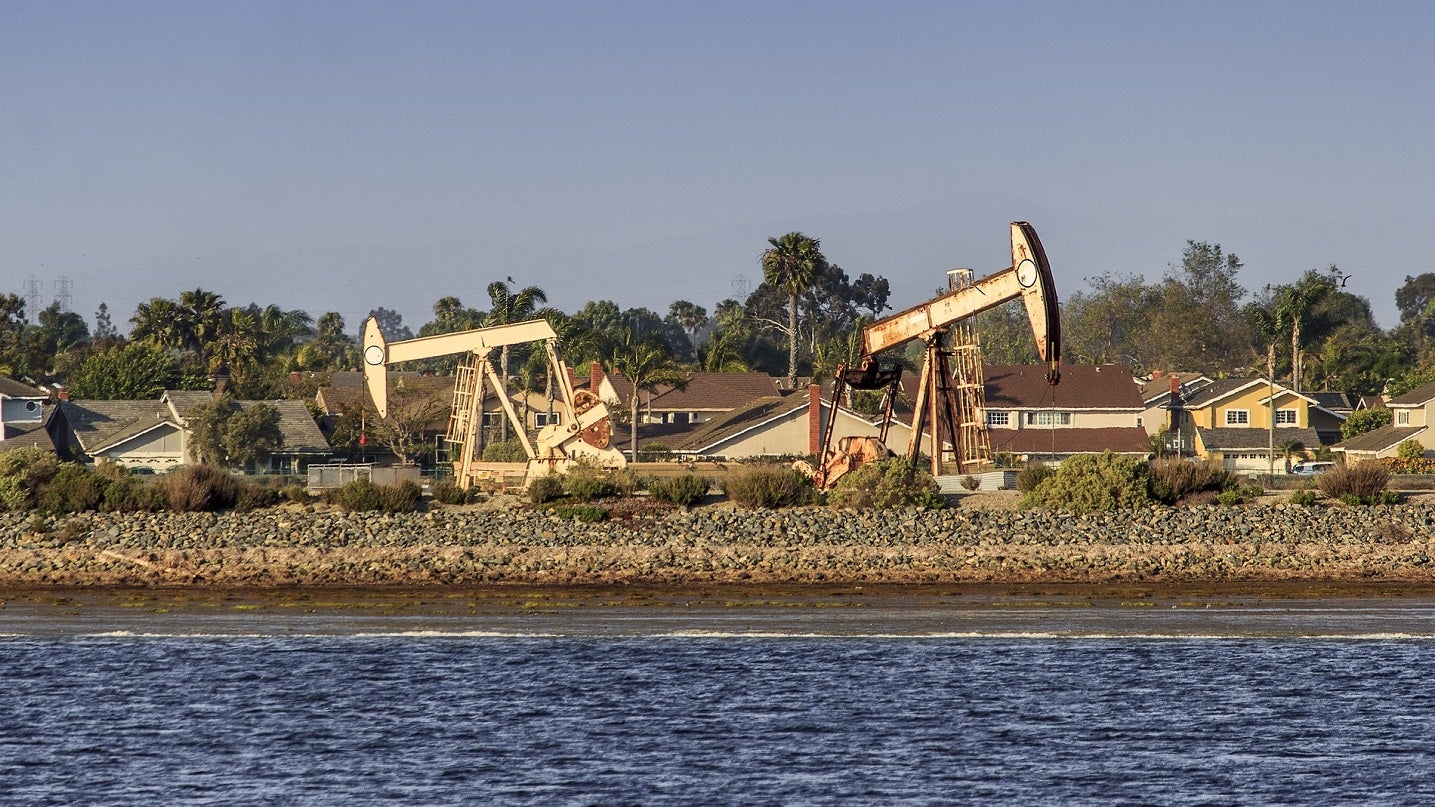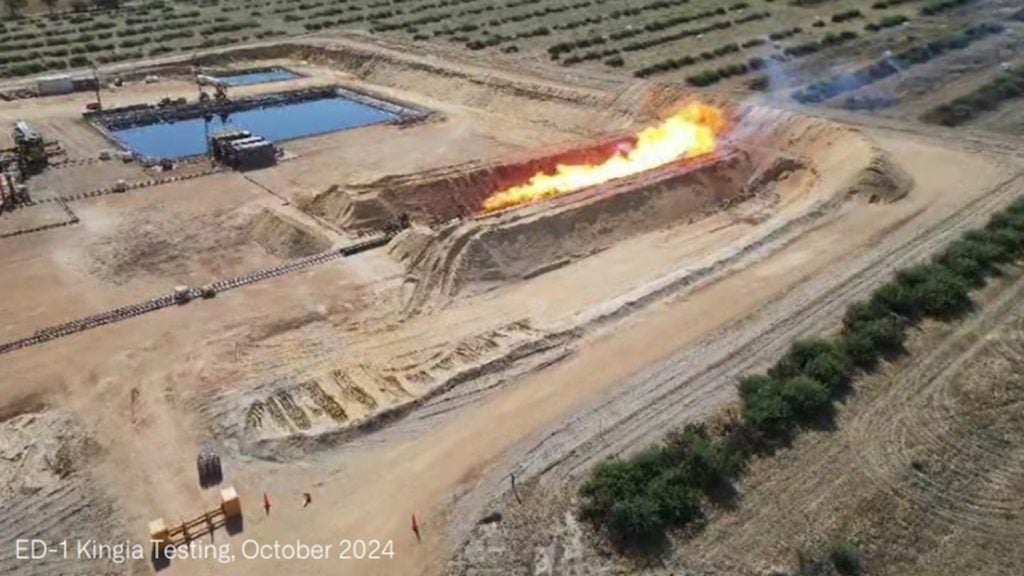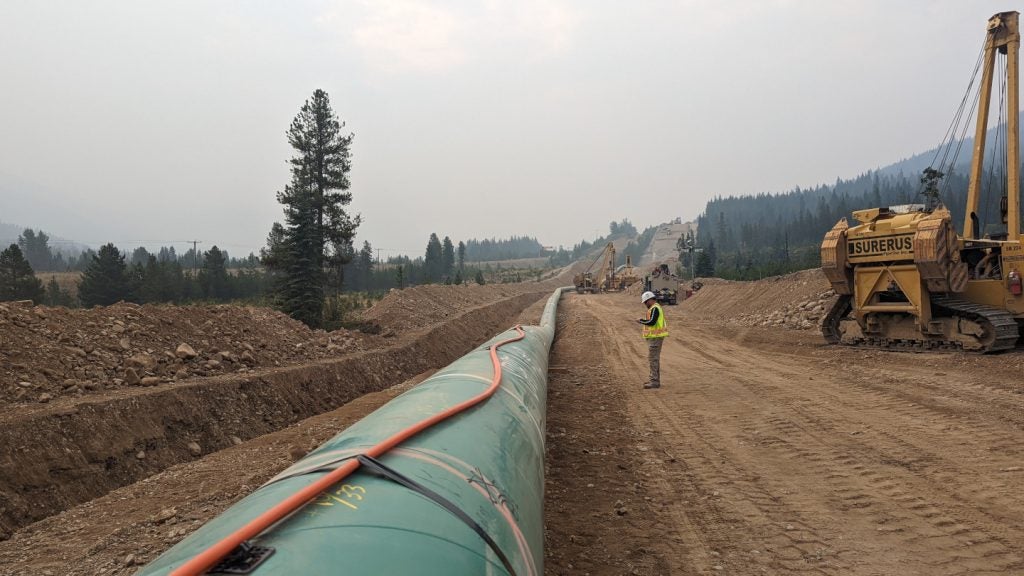
Growth in global demand for oil is set to slow almost to a halt in the next five years, according to the International Energy Agency’s (IEA) medium-term outlook report ‘Oil 2023’.
Published on Wednesday, the latest report cites an acceleration in the global shift towards renewable or low-carbon energy technologies due to ongoing high prices and security of supply concerns.
The report forecasts global oil demand to rise by 6% between 2022 and 2028 to reach 105.7 million barrels per day (mb/d). This rise is largely due to unwavering demand from the petrochemical and aviation sectors, the latter of which will see some of the slowest rates of decarbonisation at industry level owing to fledgling technology.
Despite the overall increase, annual demand growth is expected to shrink from 2.4 mb/d this year to 0.4 mb/d by 2028. The use of oil for transport fuels is expected to decline sharply as the industry prepares for legislation on banning combustion engine vehicles in favour of electric alternatives, which is due to come into effect in parts of the world by the end of the decade.
“The shift to a clean energy economy is picking up pace, with a peak in global oil demand in sight before the end of this decade as electric vehicles, energy efficiency and other technologies advance,” said IEA executive director Fatih Birol. “Oil producers need to pay careful attention to the gathering pace of change and calibrate their investment decisions to ensure an orderly transition.”
Global upstream investments in oil and gas exploration, extraction and production are on track to reach their highest levels since 2015, growing 11% year-on-year to $528bn in 2023. This level of investment far exceeds that which is necessary to keep the world on track for net-zero emissions by 2050.
How well do you really know your competitors?
Access the most comprehensive Company Profiles on the market, powered by GlobalData. Save hours of research. Gain competitive edge.

Thank you!
Your download email will arrive shortly
Not ready to buy yet? Download a free sample
We are confident about the unique quality of our Company Profiles. However, we want you to make the most beneficial decision for your business, so we offer a free sample that you can download by submitting the below form
By GlobalDataThe IEA’s oil market report for June, also published on Wednesday, highlights short-term growth in oil demand for this year from 2.4 mb/d to 102.3 mb/d, a new record. China’s oil demand reached an all-time high in April of 16.3 mb/d. Non-OECD countries accounted for 90% of gains this year, as demand in OECD nations remains slow amid a manufacturing slump, the report states.
Non-Opec+ nations lead world supply growth through next year, adding 1.9 mb/d in 2023 and 1.2 mb/d in 2024. Total oil output for Opec+ nations is set to decline by 200 thousand barrels per day (kb/d) due largely to curbs on production.
Total oil supply is expected to reach record high levels of 101.3 mb/d this year and 102.3 mb/d next year. In May, world oil supply fell by 660 kb/d to 100.6 mb/d after extra cuts from some Opec+ producers took effect. Global refinery throughputs are expected to increase by 1.8 mb/d in 2023 and 1 mb/d next year when it averages 83.4 mb/d.
In Russia, total oil exports dropped by 260 kb/d in May to 7.8 mb/d, although crude oil exports rose by 90 kb/d to 5.2 mb/d. China and India accounted for at least 56% of total Russian exports as Moscow made efforts to redirect all EU sanctioned oil to “friendly countries”.







